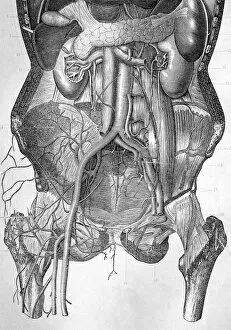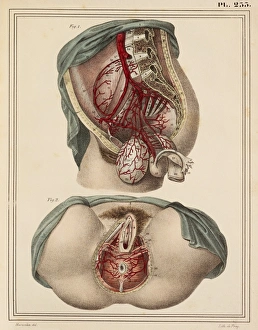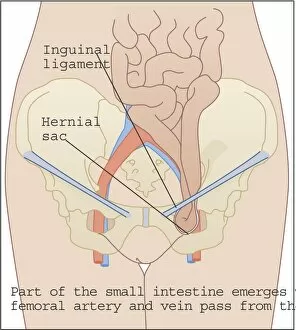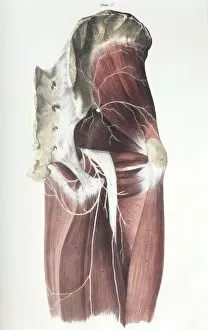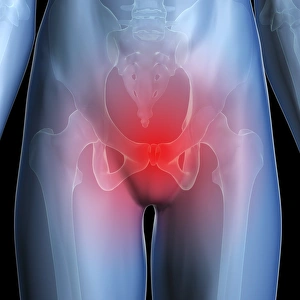Groin Collection (page 3)
The male groin arteries depicted in the 1825 artwork showcase the intricate network of blood vessels that supply this vital area of the body
All Professionally Made to Order for Quick Shipping
The male groin arteries depicted in the 1825 artwork showcase the intricate network of blood vessels that supply this vital area of the body. This anatomical illustration provides a glimpse into the inner workings of our physiological systems. Moving to England, specifically East Sussex, we find ourselves at Eastbourne Pier. This iconic landmark stands proudly against the backdrop of Eastbourne Beach and its colorful beach huts. The pier serves as a testament to architectural beauty and seaside charm. Shifting our focus to Lincoln Cathedral, an awe-inspiring structure that has stood tall since 1192 in the United Kingdom. Its grandeur and historical significance make it a must-visit destination for those seeking cultural enrichment. Venturing further across Europe, we arrive in Rome, Italy, where the Basilica of Maxentius awaits us with its magnificent architecture and rich history. This ancient site offers visitors a glimpse into Roman civilization's glory days. Returning to East Sussex once again, we encounter an intriguing detail from Adam on the left wing of the Ghent Altarpiece. Painted in 1432 by Jan van Eyck, this oil-on-panel masterpiece captivates viewers with its meticulous attention to detail and artistic brilliance. Intriguingly contrasting with these classical artworks is a hand-colored stereoscopic daguerreotype from 1850 depicting a woman sitting provocatively in a chair. With one breast exposed along with her thighs and vagina while wearing only a pearl necklace, this image challenges societal norms even within historical contexts. Le Vocabulaire Illustre presents us with an engraving showcasing various terms including "groin, " "snout, " and "Russel. " These illustrations provide insight into different aspects of language usage throughout history. Surgical chairs and instruments designed for bladder procedures remind us of medical advancements aimed at improving human health over time. These tools represent progress in surgical techniques focused on addressing specific conditions related to urinary functions. Lastly, we encounter a set design for William Shakespeare's Hamlet from 1850.


